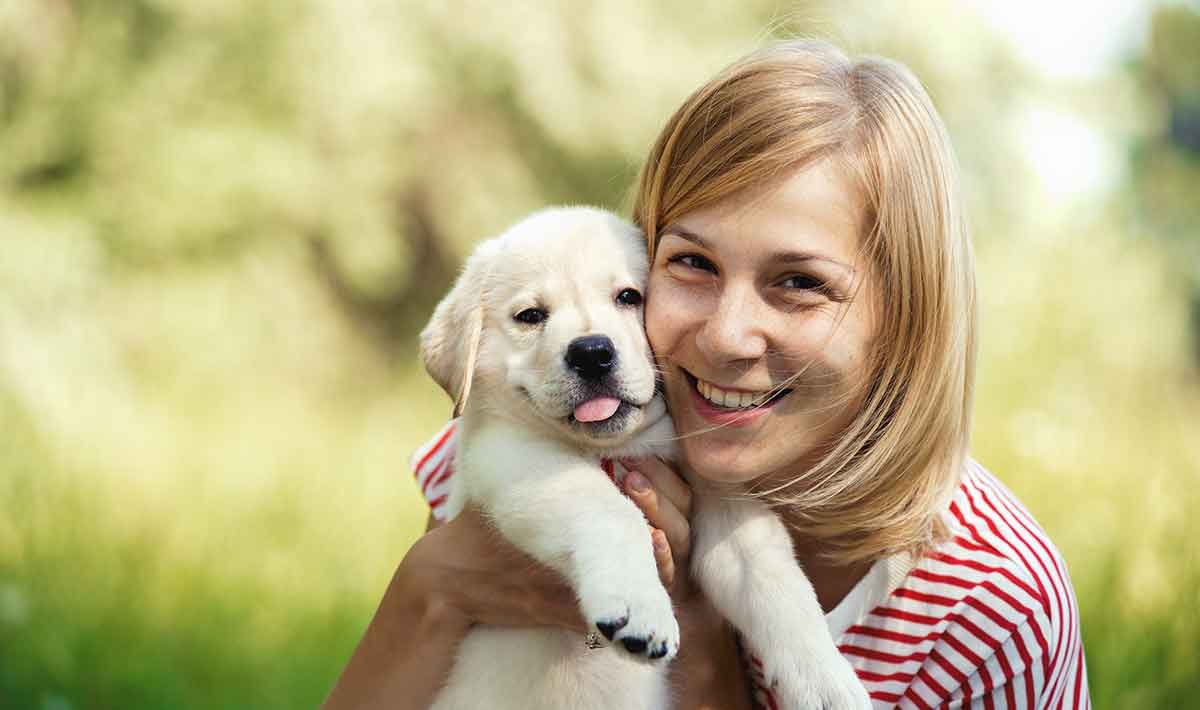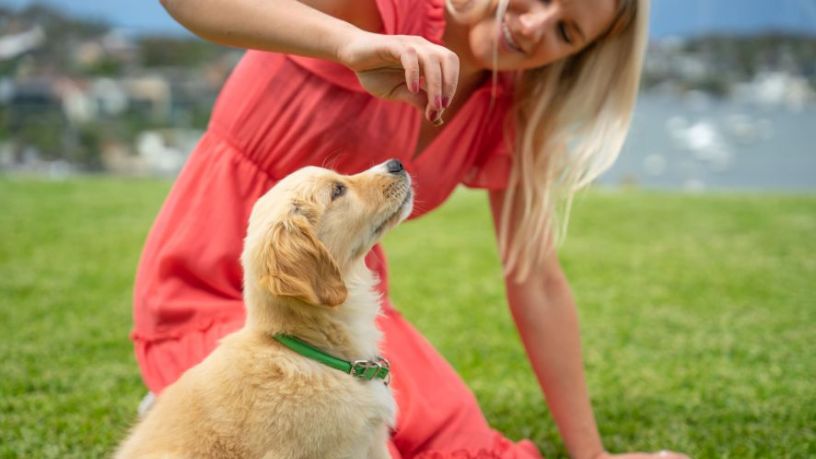
Dog Obedience Classes for Fearful Dogs: A Path to Calm Companionship
Share
Training a dog can be a fulfilling yet demanding journey, especially when you're dealing with a fearful pooch. Whether your dog is inherently shy or has had a traumatic past, understanding the necessity of dog obedience classes for fearful dogs can be crucial. These classes provide a structured environment that aims to address anxiety and to foster healthy behaviors. The serenity that anyone seeks from a dog-loving home can be achieved through dedicated efforts and specialized training approaches.
Obedience classes, especially designed for anxious canines, are not your ordinary training sessions. They are meticulously crafted to cater to the emotional state of a fearful dog, providing them with the comfort and security they dearly need. For health-conscious pet owners, this focus on mental well-being complements your overall mission to ensure your dog leads a robust and holistic life.

The Importance of Obedience Classes for Fearful Dogs
Acquiring a dog that shows signs of fearfulness presents unique challenges. As such, it's important to understand the value of dog obedience classes that are specifically tuned for fearful dogs. A key takeaway from being health-conscious is the emphasis on not just the physical but also the emotional wellness of your pet. These classes help in balancing the emotional framework of your dog by offering: safety, structured environments, certified trainers, and customized lessons.
Health is not limited to mere physical fitness; it extends to emotional stability, which is precisely what these classes aim to cultivate. Through specialized techniques, trainers work to ensure that your pet gradually learns to overcome its fears, leading to a happier and more manageable life for both of you.
Special Features of Fearful Dog Classes
What sets these classes apart from ordinary obedience sessions? The foremost feature is the attention to desensitization and counter-conditioning techniques. Classes are designed to give fearful dogs gradual exposure to what frightens them, ensuring they're never overwhelmed. Trainers incorporate positive reinforcement to provide a safe and nurturing environment.
Such classes offer a comprehensive understanding of the root causes of your dogs fear, delivering targeted solutions. More often than not, fear-based behaviors are addressed by understanding the dog's history and behavioral triggers.
Training Techniques and Strategies
Professional trainers employ a variety of methodologies aimed at transforming a fearful dog into a confident companion. Use of positive reinforcement and gradual exposure marks the crux of their approach. Clicker training, desensitization, and body language coaching are also common strategies employed to ensure the utmost comfort and efficacy for your dog.
Moreover, classes often involve coaching for pet owners as well. This ensures that the training received in class can continue effectively at home. For additional insights on how to implement these strategies, you can check these dog training tips from experienced professionals.
Case Studies and Success Stories
One of the most heartwarming facets of dog obedience classes for fearful dogs is the transformation stories. Dogs that initially find it difficult to trust, respond positively to training environments crafted just for them. Take for instance the case of Buddy, who was once terrified by even the softest of noises. Through targeted training sessions, his story turned from one of anxiety to one of companionship and peace.
Likewise, other pet owners have transitioned from frustration to contentment in their pursuit of balance and harmony in their homes. For more success stories, you might find our article on Dealing with Noises beneficial.
In-Home Training versus Group Classes
While group classes offer a social environment beneficial for integration, in-home training provides the convenience and customized attention that some fearful dogs might need. It's important to consider each dog's unique requirements when choosing between in-home training and group sessions. Each offers its unique set of advantages that could be explored for optimal outcomes.
If you're deciding which is the best route to take, this article might provide added clarity.
Getting StartedWhat You Need to Know
If you're keen on transforming the life of your fearful dog, starting this journey requires careful selection of training resources. Look for certified trainers specializing in fear-based behaviors, and ensure class sizes are small to offer personalized attention. Read about their training approach and successes to ensure they align with your objectives.
Additionally, networking with other pet owners can offer fresh insights and encouragement as you undergo this fulfilling journey. For ideas on crafting training environments, heres an article that might offer some creative pointers.

FAQ
Why are dog obedience classes beneficial for fearful dogs?
These classes create a structured and safe environment tailored to address fear, helping dogs gradually overcome their anxiety through positive reinforcement.
Can I train my fearful dog at home?
While group sessions offer socialization opportunities, in-home training can provide personalized focus, beneficial for dogs struggling with anxiety. Assess your dog's behavior to decide the best approach.
How long does it take to see a noticeable change in a fearful dog?
Duration varies depending on the dogs history and the approach taken. Consistency and patience are key, with many starting to see positive changes within weeks.
This article contains affiliate links. We may earn a commission at no extra cost to you.
